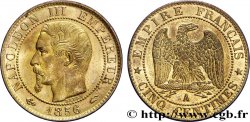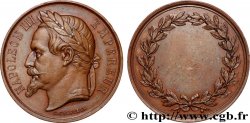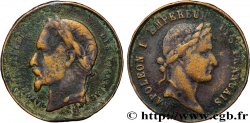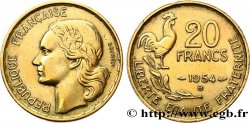MONNAIES 40 (2009)
Начальная цена : 1 800.00 €
Назначить цену : 3 000.00 €
Цена реализации : 2 050.00 €
Количество ставок : 9
Максимальная предлагаемая цена : 3 151.00 €
Начальная цена : 1 800.00 €
Назначить цену : 3 000.00 €
Цена реализации : 2 050.00 €
Количество ставок : 9
Максимальная предлагаемая цена : 3 151.00 €
Тип 2 francs Napoléon III, tête nue
Дата: 1856
Монетный двор / Город: Paris
Количество отчеканенных монет: 240711
Металл: silver
Проба: 900 ‰
Диаметр: 27,20 mm
Ориентация осей монеты: 6 h.
Вес: 9,99 g.
Век: cannelée
Редкость: R2
Комментарии о состоянии
Frappe sublime, parfaitement centrée au droit, presque parfaitement centrée au revers à une fraction de millimètre près. Coins parfaitement neufs et à fleur, reflets complètement métalliques, champs parfaitement en miroirs, impact visuel extraordinaire de médaille. À certains angles d’éclairage, les champs apparaissent noirs et les reliefs blancs et brillants. On a du mal à penser qu’il s’agit d’un exemplaire frappé pour la circulation. Tranche parfaite, nette et régulière. Aucune patine, on remarque une fois de plus que les frappes métalliques sans velours sont beaucoup moins sujettes à la patine que celles à la surface à texture plus épaisse. Cet exemplaire ravira les amateurs de monnaies «sortant de frappe», car il est «neuf» si le mot à un sens en numismatique.
On distingue à l’œil nu, en faisant jouer le revers dans la lumière, quelques infimes égratignures dans le champ miroir. La loupe x10 montre un très léger affaiblissement de la surface d’origine sur les cheveux, un minuscule choc sur la pommette, quelques égratignures, de faibles traces de cheveux dans les champs et un minuscule choc sur le listel, à côté de la lettre d’atelier
Ссылки в каталоге: :
Происхождение:
Cet exemplaire provient de MONNAIES X, Collection Davis, n° 65
Лицевая сторона
Аверс: легенда: (DIFFÉRENT) NAPOLÉON III EMPEREUR (DIFFÉRENT).
Аверс: описание: Tête nue de Napoléon III à gauche; signé BARRE au-dessous.
Обратная сторона
Реверс: легенда: EMPIRE FRANÇAIS.
Реверс: Описание: 2 / FRANCS, en deux lignes dans le champ, au-dessus de 1856, dans une couronne composée de deux branches de laurier nouées en bas ; sous le nœud, la lettre d'atelier A.
Комментарий
C’est l’exemplaire de la Collection Idéale. Exemplaire d'exception qui illustre le type dans le FRANC VIII.
This is the example from the Ideal Collection. An exceptional example that illustrates the type in FRANC VIII.
This is the example from the Ideal Collection. An exceptional example that illustrates the type in FRANC VIII.








 Cообщить об ошибке
Cообщить об ошибке Распечатать страницу
Распечатать страницу Отправить мой выбор
Отправить мой выбор Задать вопрос
Задать вопрос Consign / sell
Consign / sell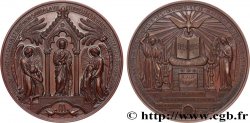
 Информация
Информация

